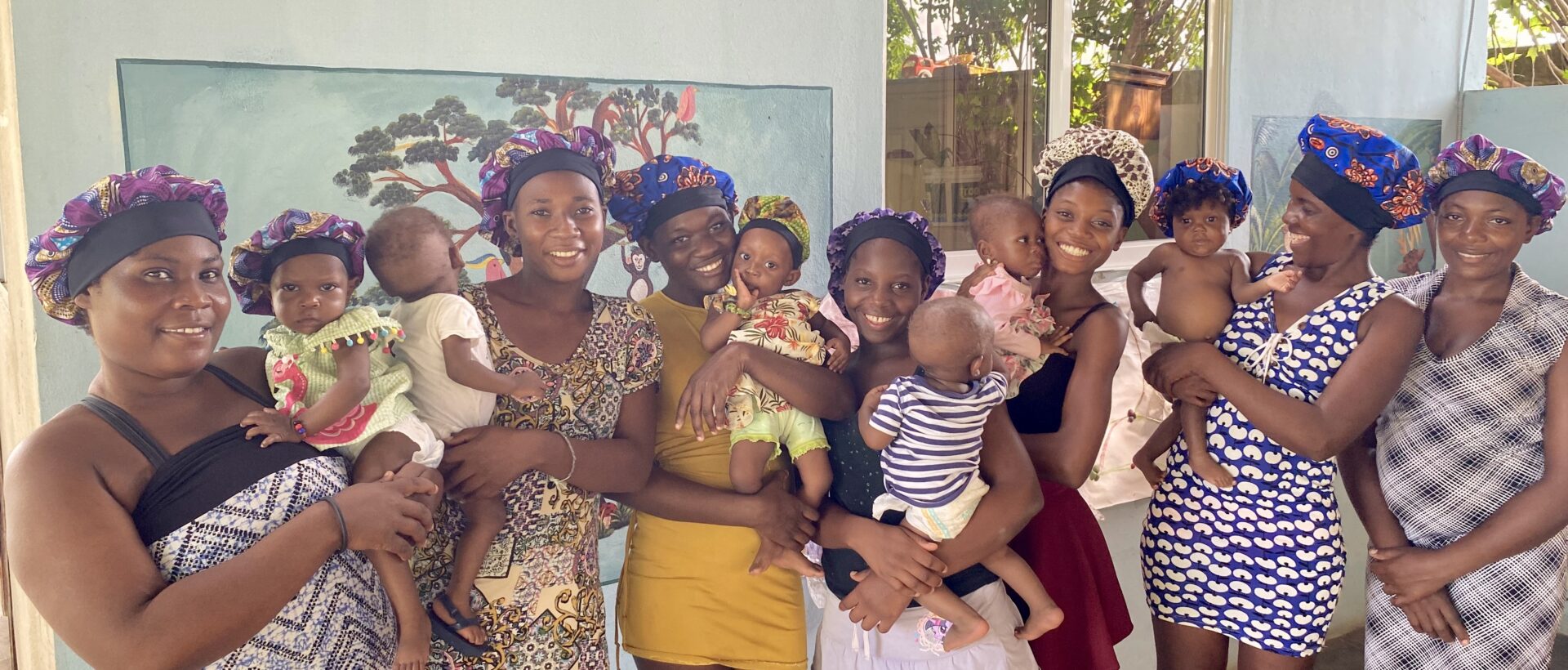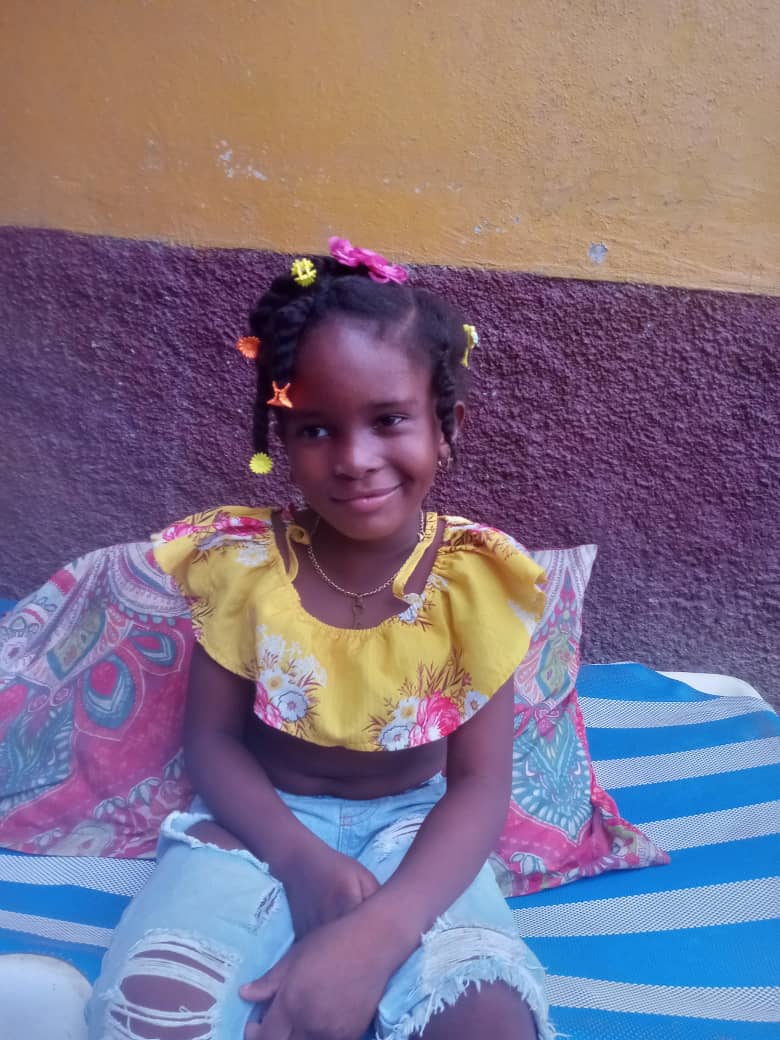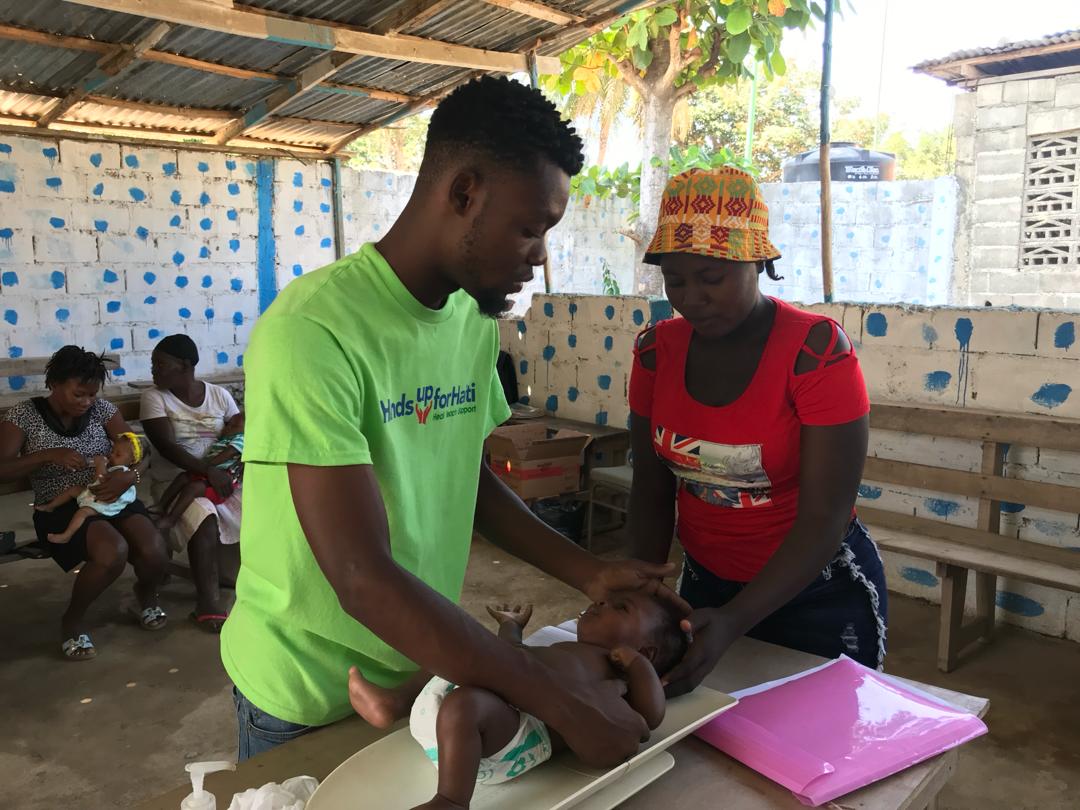By Beth Bromberg
The eye team and urology team spent the beginning of our week at Open Door. We saw 185 patients over the two days. The ophthalmology cases seen were extensive, including presbyopia, myopia, glaucoma, severe endstage glaucoma, cataracts, hereditary diseases causing blindness, corneal scarring causing blindness, alternating exotropia, infectious retinopathy, Coats’ disease, pseudotumor cerebri, synchesis scintillans with a secluded pupil and traumatic cataract, diabetic retinopathy (this patient had no known history of diabetes and was diagnosed by checking the urine for glucose – suggested by pre-medical student Michael Boyajian!), traumatic injuries, entropion from trauma, and trachoma in an 11 year old girl.
Each team member possessed a crucial role. Dwight Willman and Jean Moise registered patients and Wendy Hollis performed autorefractions with a donated autorefractor, which is now permanently at Open Door. Erica Bromberg checked visual acuities and assisted in both the eye rooms and urology room. Michael Boyajian also assisted all doctors as needed in all rooms. They both helped with record keeping and learned how to check blood pressures. Michael Yellen, OD, John Ettenson, MD, Mitchell Stein, MD and Beth Bromberg, MD evaluated the eye patients, started treatment for disease where appropriate and referred patients to the Vision Plus Eye Clinique in Cap Haitien for further evaluation and treatment.
In Cap Haitien, the eye team worked with the Haitian ophthalmologists at the new Vision Plus Clinique. It is a freestanding clinic with eye exam lanes, an operating room and an optical shop. It services both public and private patients. We worked in both the public and private clinics examining preoperative patients for cataract surgery, postoperative glaucoma and cataract patients, and consultations requested by the local ophthalmologists. These consultations included patients with congenital cataract, congenital nystagmus with bilateral amblyopia, strabismus, orbital tumor, exophthalmos, Horner’s syndrome, decreased vision secondary to previous traumatic choroidal rupture, central retinal vein occlusion, proliferative diabetic retinopathy, uveitis, papillitis with associated retinopathy, toxoplasmosis, glaucoma at all stages of disease (early to end stage), congenital nasolacrimal duct obstruction, cataracts (both visually significant and mild). Twelve cataract surgeries were performed, teaching and assisting the Haitian ophthalmologists in performiing phacoemulsification. Charlotte Willman, RN taught the Haitian nurses how to set up the machine and instruments for phacoemulsification as well as how to clean and sterilize between cases. Wendy and Michael provided hands-on teaching to the Haitian optometrist and evaluated patients with the ophthalmologists. Erica and Michael B. observed in both the clinic and OR and assisted the doctors. Over the three days in the eye clinic we saw approximately 100 to 120 patients and dispensed medications to treat the appropriate diseases. The remaining medications were left with the Haitian doctors to continue ongoing treatment and treat future patients. Jean Moise, the engineer from Propper manufacturing, inventoried all the equipment in the eye clinic, instructed a local mechanic on repairs, repaired many of the defective equipment and repaired the new phacoemulsification machine when it broke down at the beginning of a surgical case.
Our two ophthalmic surgeons, John and Mitch, worked in the operating room at the IEF clinic in Cap Haitien with Haitien ophthalmologists Pierre Dupuy, Jr. and Marie Carmelle Guerrier. Late last year Alcon donated a machine for the OR which would allow them to perform phacoemulsification, the newest technique for cataract surgery. At that time Drs. Dupuy and Guerrier asked us to teach them the technique during our current visit. In the interim another American doctor had worked with them in the OR.
Mitch first held a session to review the steps of the procedure, and then for three days John and Mitch sat in and assisted Dr. Dupuy as he operated, teaching as they went along. A total of 12 cases were done over the course of three afternoons. Dr. Dupuy is an excellent technical surgeon and had a basic working knowledge of the steps of the procedure. Drs. Ettenson and Stein spent a lot of time helping him perform the steps in ways that both made the procedure easier for him and decreased the risk of surgical complications. During the course of the week Dr. Dupuy made significant progress, doing 10 cases start-to-finish. We encouraged him to continue to do the procedure on his own but to select patients whose cataracts are not very advanced and therefore easier to remove via this technique. We plan to continue this training with them during our next visit.
The eye team made great strides in helping the Haitian ophthalmologists in their quest for creating sustainable eye care in the north. There is much work to be done, but we are making good progress.




